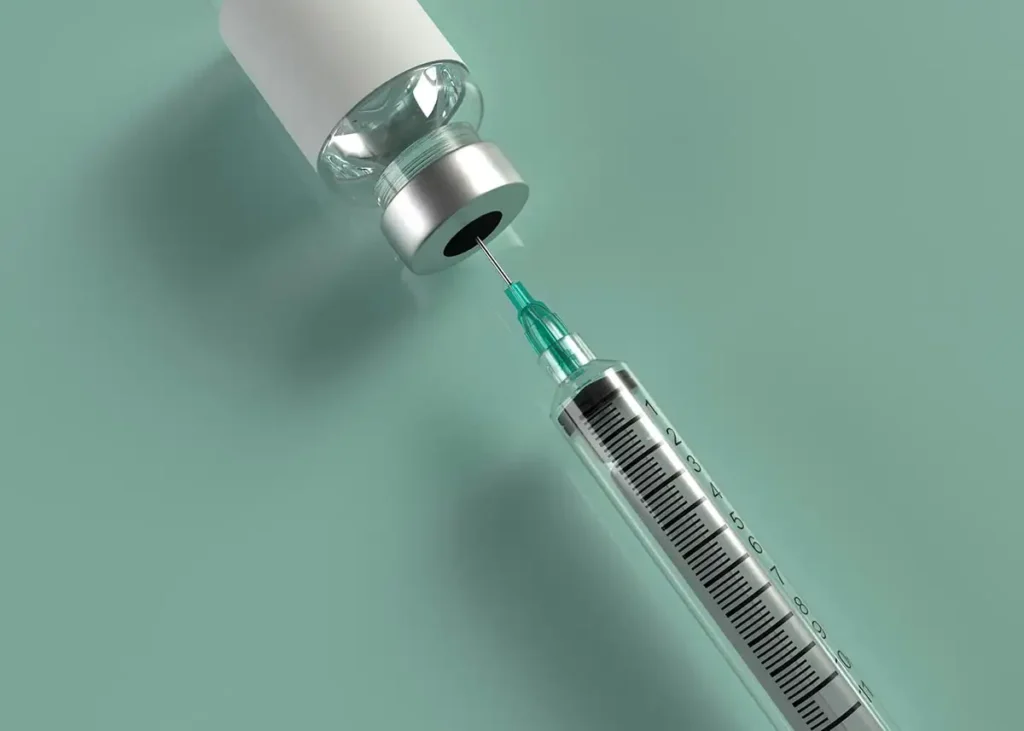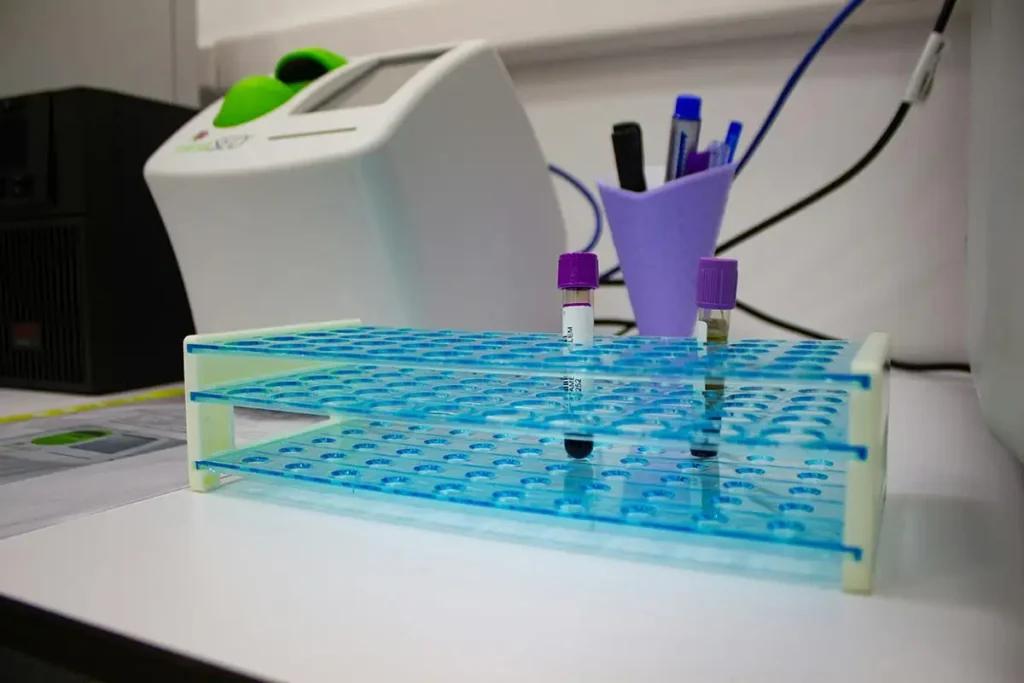
Naltrexone is a powerful medication that plays a critical role in addiction treatment, especially for individuals recovering from opioid or alcohol use disorders. It’s commonly prescribed as part of a comprehensive treatment plan, helping reduce cravings and prevent relapse. But like any medication, it’s important to understand how long it remains active in the body—and how that may impact recovery, potential drug interactions, or even drug testing results.
At West Coast Detox, we prioritize educating our clients and their families about every aspect of treatment. In this article, we’ll dive deep into how long naltrexone stays in your system, the factors that influence its duration, and what you need to know if you’re considering this medication as part of your recovery journey.
What Is Naltrexone?
Naltrexone is an opioid antagonist, which means it blocks the euphoric and sedative effects of opioids by binding to the brain’s opioid receptors without activating them. It’s also used to reduce alcohol cravings by modulating the brain’s reward system. Unlike medications such as methadone or buprenorphine, naltrexone doesn’t activate opioid receptors—it simply blocks them.
Naltrexone is available in two primary forms:
- Oral tablet (ReVia or Depade): typically taken once daily.
- Extended-release injectable (Vivitrol): administered once every 4 weeks.
This flexibility makes it a popular choice in Medication-Assisted Treatment (MAT) programs for both alcohol and opioid addiction.
How Does Naltrexone Work in the Body?
When taken, naltrexone travels through the bloodstream and attaches to opioid receptors in the brain. By occupying these sites, it prevents other substances—like heroin, morphine, or prescription painkillers—from binding and producing a high. Similarly, for individuals with Alcohol Use Disorder (AUD), naltrexone reduces the pleasurable feelings associated with drinking, helping to curb the desire to consume alcohol.
However, naltrexone only works if the person is already detoxed from opioids. Taking it too soon after opioid use can trigger precipitated withdrawal—a rapid and intense onset of withdrawal symptoms.
How Long Does Naltrexone Stay In Your System?
The duration that naltrexone stays in the body depends on several variables, including the form of the drug, individual metabolism, liver function, and frequency of use. Let’s break this down by form:
1. Oral Naltrexone
- Half-life: Approximately 4 hours for naltrexone, and 13 hours for its active metabolite (6-β-naltrexol).
- Duration of effect: Typically lasts 24 to 36 hours.
- Detection window: Can remain in the system for up to 4 to 6 days after the last dose.
2. Extended-Release Injectable Naltrexone (Vivitrol)
- Half-life: Around 5 to 10 days, due to its slow-release formula.
- Duration of effect: About 28 to 30 days per injection.
- Detection window: Can remain in the system for over a month and may be detectable for up to 50 days in some cases.

Factors That Influence How Long Naltrexone Stays in the Body
Each person metabolizes medications at a different rate. Here are the key factors that influence how long naltrexone remains active or detectable in your system:
1. Dosage and Frequency
Higher doses or repeated use can lead to a longer detection time, especially with the extended-release version.
2. Liver Function
Since naltrexone is primarily metabolized by the liver, individuals with impaired liver function may process the drug more slowly, extending the time it stays in the system.
3. Age and Metabolism
Younger individuals or those with faster metabolisms tend to clear drugs from their systems more quickly than older adults.
4. Body Mass and Hydration
Body fat, hydration levels, and overall health also play a role in how long the drug stays in the body.
5. Kidney Function
Although the liver plays the main role in metabolizing naltrexone, the kidneys help eliminate its byproducts. Impaired kidney function may slow elimination.
Get Your Questions Answered
Reach out today to get the answers you need about drug and alcohol detox. Our compassionate team is here to guide you through every step of the process and help you take the first step toward recovery.

Does Naltrexone Show Up on Drug Tests?
In most standard drug panels, naltrexone does not show up, because it is not a narcotic or controlled substance. Most 5-panel or 10-panel drug tests look for:
Naltrexone doesn’t belong to any of those drug classes. However, specialized drug testing might be able to detect its presence, especially in research settings or if requested by a healthcare provider. If you’re involved in a drug court program or working with a treatment center that monitors medication compliance, your provider may conduct specific testing to ensure you’re taking naltrexone as prescribed.
Why Does It Matter How Long Naltrexone Stays In Your System?
Understanding the timeframe of naltrexone’s effects is critical for several reasons:
1. Timing of Opioid Detox
Since naltrexone blocks opioid receptors, taking it too soon after opioid use can lead to severe withdrawal. This is why a detox period of 7 to 10 days (or longer, depending on the opioid used) is recommended before beginning treatment with naltrexone.
2. Planning for Pain Management
If someone on naltrexone needs surgery or emergency pain relief, standard opioid-based medications may not work. In these cases, healthcare providers must use non-opioid pain relievers or wait until naltrexone clears from the system.
3. Preventing Relapse
The extended-release version is especially useful in early recovery because it provides continuous receptor blockade. Knowing how long it remains effective helps ensure timely re-administration of the next dose to maintain consistent protection against relapse.
4. Drug Interactions
Certain medications and substances may interact with naltrexone. Being aware of its presence in your system can help avoid negative side effects or diminished effectiveness of other treatments.
Common Side Effects of Naltrexone
While generally well-tolerated, naltrexone can cause side effects in some people. These may include:
- Nausea or upset stomach
- Headache
- Fatigue
- Dizziness
- Anxiety or sleep disturbances
- Injection site reactions (with Vivitrol)
- Liver enzyme elevation (in rare cases)
Any severe symptoms should be reported to a healthcare provider, especially if you have a pre-existing liver condition.
How Long Should You Stay on Naltrexone?
There’s no one-size-fits-all answer. Many people stay on naltrexone for several months to a year or more, depending on their recovery progress, support systems, and history of relapse. Some key considerations include:
- Level of cravings or triggers
- Previous treatment attempts
- Co-occurring mental health disorders
- Risk of returning to high-risk environments
At West Coast Detox, we work with each client to create a personalized treatment plan that may include naltrexone as part of a broader recovery strategy.
Is Naltrexone Right for You?
Naltrexone isn’t suitable for everyone. It may not be recommended if you:
- Are currently using opioids or haven’t completed detox
- Have acute hepatitis or severe liver problems
- Are pregnant or breastfeeding (consult your doctor)
That said, naltrexone has been a game-changer for many people working to rebuild their lives after addiction. When combined with counseling, peer support, and lifestyle changes, it can dramatically improve the odds of long-term sobriety.

Naltrexone and Comprehensive Treatment
While naltrexone is a powerful tool, it’s not a cure for addiction. Successful recovery involves addressing the physical, emotional, and psychological aspects of addiction. At West Coast Detox, we offer a full continuum of care, including:
- Medically supervised detox
- Individual and group therapy
- Dual diagnosis treatment
- Family education and support
- Aftercare planning and relapse prevention
If naltrexone is part of your recovery plan, we’ll help you understand how it works, how long it stays in your system, and how to get the most out of it.
Final Thoughts
Understanding how long naltrexone stays in your system is essential for safe and effective recovery. Oral formulations typically clear within a few days, while injectable versions can remain active for over a month. This extended protection offers many people the support they need during the most vulnerable stages of recovery.
If you or a loved one is considering naltrexone or exploring treatment options for substance use, West Coast Detox is here to help. Our compassionate team of professionals will guide you through every step of the process—from detox to long-term recovery—so you never have to walk this path alone.
Ready to take the first step? Contact West Coast Detox today to learn more about naltrexone treatment and your options for lasting recovery.























